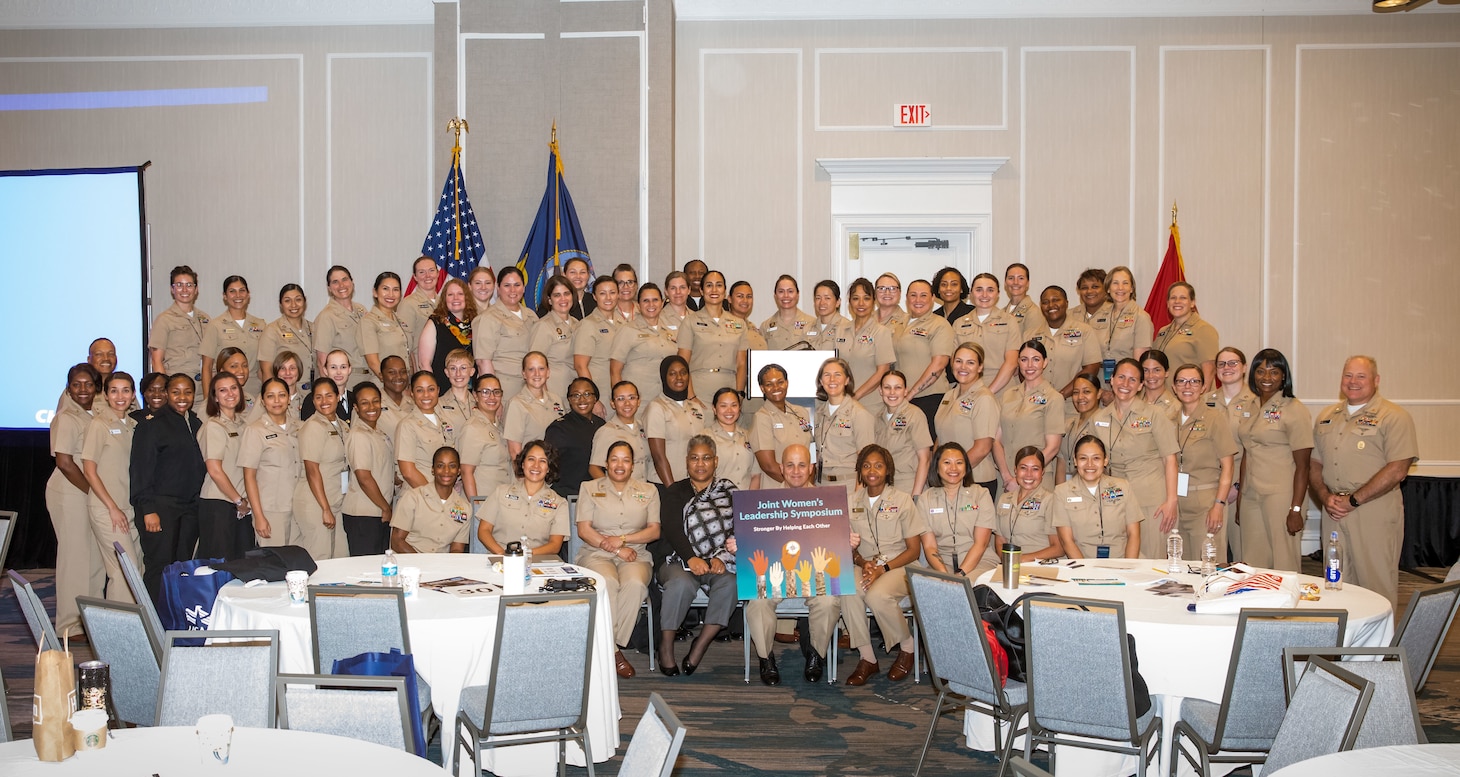We all recognize the incalculable value that exercise holds for our physical well-being. It’s akin to a universal language of vitality, speaking volumes about strength, endurance, and overall health. Yet, its significance doesn’t halt at the corporeal boundaries; it extends profoundly into the realms of our mental and emotional landscapes. Embarking on a journey through the multifaceted benefits of exercise, we delve into not just how it shapes our bodies, but molds our minds, and fortifies our spirits.
The narrative of exercise as a catalyst for mental wellness is compelling and supported by a wealth of research. Individuals who integrate physical activity into their daily routines exhibit superior mental health, enjoy enhanced emotional well-being, and display markedly lower incidences of mental disorders. This isn’t a mere coincidence but a testament to the transformative power of exercise. It’s not just about reducing the risk of physical ailments but also about erecting a bulwark against mental health challenges.

Consider the battle against depression and anxiety, two formidable foes of contemporary society. Here, exercise emerges not merely as a combatant but as a potent ally, with studies suggesting that its efficacy rivals that of antidepressants and psychological therapies like cognitive behavioural therapy. But the benefits of exercise transcend the alleviation of existing conditions. It’s about building a resilience, a mental fortitude that buffers against the onslaught of life’s stressors.
Why does exercise wield such influence over our mental state? At its core, exercise acts as a natural mood enhancer, boosting levels of serotonin, stress hormones, and endorphins. These biochemical changes foster a sense of well-being, elevate our mood, and improve concentration and alertness. The beauty of exercise lies in its ability to gift us with a sense of mastery and control, enhance our coping mechanisms, and imbue us with self-esteem. For many, achieving a fitness goal is not just a physical triumph but a psychological victory that radiates through their lives.
The intertwining of exercise with social opportunities further amplifies its mental health benefits. Exercising with others not only fosters a sense of community but also provides a platform for social support, an essential ingredient for mental well-being. Furthermore, the physical act of exercise serves as a diversion from negative thoughts, offering a much-needed respite and a chance to engage in new experiences. It’s a holistic approach that addresses both the mind and body, proving that exercise is not just a physical endeavor but a therapeutic journey.
Turning our gaze to the younger generation, establishing a habit of regular exercise during the formative years of adolescence can set the stage for a lifetime of health benefits. However, this stage of life also presents unique challenges. Specific groups, including females, individuals who are less inclined towards exercise, high academic achievers, and those from socioeconomically disadvantaged backgrounds, often struggle to develop consistent exercise routines. Recognizing and addressing these hurdles is crucial for fostering a culture of health that extends into adulthood.
In essence, the journey of exercise is a multifaceted one, interweaving physical prowess with mental resilience. It’s a narrative that champions not only the strengthening of muscles but the fortification of the mind and the enrichment of the emotional landscape. As we explore the transformative power of exercise, we’re reminded of its role not just as a physical activity, but as a cornerstone of holistic health and well-being.
Navigating the complex landscape of establishing a regular exercise routine can be daunting, especially for those identified as being at risk of not embedding such habits during the crucial transition from adolescence to adulthood. This includes females, those who are less inclined towards exercising, high academic achievers, and individuals from socioeconomically disadvantaged backgrounds. Understanding these challenges and devising strategies to overcome them is essential for fostering lifelong health and well-being.
One of the primary barriers to regular exercise among these groups is the perception of exercise as a chore rather than a source of enjoyment. The key to altering this perception lies in finding activities that resonate on a personal level. Whether it’s dancing, hiking, yoga, or team sports, the variety of exercise forms is vast. Encouraging exploration and experimentation with different types of physical activities can help uncover passions and preferences, making exercise something to look forward to rather than avoid.
For high academic achievers, time management poses a significant challenge. With the pressures of schoolwork, extracurricular activities, and perhaps even part-time jobs, finding time for exercise can seem impossible. Here, integrating exercise into daily routines can be a game-changer. This can be as simple as biking or walking to school, taking short active breaks during study sessions, or participating in sports clubs or fitness classes that align with academic schedules. The goal is to make exercise a non-negotiable part of the day, just like eating or sleeping.

Socioeconomic factors also play a critical role in access to exercise opportunities. For those from disadvantaged backgrounds, the costs associated with gym memberships, sports equipment, and transportation can be prohibitive. Community resources can be invaluable in these situations, offering affordable or free access to sports facilities, equipment, and group exercise programs. Additionally, focusing on exercises that require minimal to no equipment, such as running, bodyweight workouts, or online fitness videos, can help circumvent these financial barriers.
Another common obstacle is the lack of motivation or confidence, particularly among females and those who have had negative experiences with physical activity in the past. Building a supportive community can be instrumental in overcoming these barriers. Encouraging participation with friends or family members, joining exercise groups or clubs that offer a welcoming and non-judgmental environment, and seeking out mentors or role models who inspire and motivate can all contribute to a more positive association with exercise.
It’s also crucial to set realistic goals and celebrate progress, no matter how small. Understanding that improvement takes time and that setbacks are a normal part of the journey can help maintain motivation. For those new to exercise, starting with small, achievable goals and gradually increasing the challenge as confidence and ability grow is essential for building a sustainable exercise habit.
Education plays a pivotal role in overcoming exercise barriers. Providing clear, accessible information about the benefits of exercise, how to start and maintain an exercise routine, and ways to incorporate physical activity into daily life can demystify the process and empower individuals to take the first steps toward a healthier lifestyle.
While there are undoubtedly challenges to establishing regular exercise habits, particularly for specific groups, these obstacles are not insurmountable. With the right strategies and support, anyone can embark on a journey towards better physical and mental health through exercise. It’s a journey of discovery, resilience, and, ultimately, transformation, leading to a more vibrant, fulfilling life.





